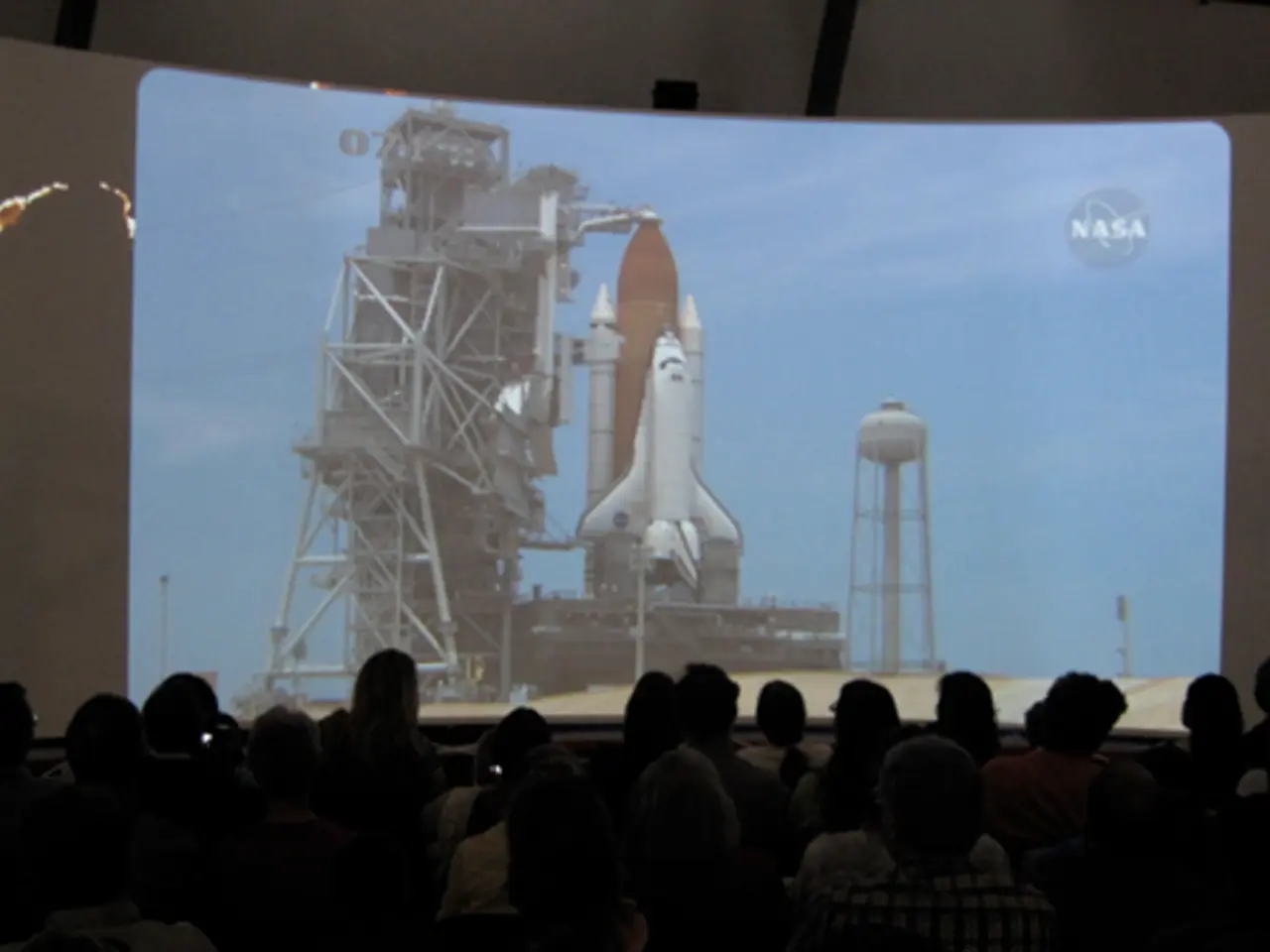Historic Space Docking Mission Achieved by India for the First Time
The Indian Space Research Organisation (ISRO) has made history by successfully completing its first space docking mission, named SpaDeX, on December 30, 2024. This groundbreaking achievement places India among an exclusive club of countries that have successfully accomplished space docking operations, joining the United States, Russia, and China.
SpaDeX involved two modified IMS-1 class satellites, named SDX01 (Chaser) and SDX02 (Target), each weighing about 220 kg. Launched together aboard a Polar Satellite Launch Vehicle, the satellites were placed into slightly different orbits to create an initial separation of around 20 km. The Chaser spacecraft then executed precision maneuvers to approach and dock successfully with the Target satellite in Earth orbit.
The primary objectives of SpaDeX were to demonstrate essential technologies for proximity operations, rendezvous, and docking in space. The satellites were equipped with docking devices capable of active (on Chaser) or passive (on Target) functionality. This experiment is a significant step towards on-orbit servicing, refueling, spacecraft assembly, and future deep-space missions for ISRO.
Technically, the mission showcased high-precision navigation and control capabilities, demonstrated by maneuvers from distances as far as 15 meters down to a 3-meter hold point during docking. The success of SpaDeX also supports ISRO's broader human spaceflight goals and development of technologies for prolonged space missions and future space stations.
Looking ahead, the successful completion of the mission will lead to advancements in space technology, specifically communication between spacecraft and refinements in approach and anchoring techniques. Moreover, the space docking mission aims to enable crew exchange and supply delivery missions, paving the way for more complex and ambitious space missions in the future.
The year 2024 has been marked by significant space events globally. Another notable mission in 2024 was NASA's Europa Clipper probe launch, which took place in mid-October with the aim to study Jupiter's moon Europa. Additionally, China's Chang'e 6 mission successfully landed on the Moon's far side last summer. Furthermore, a commercial space journey, Polaris Dawn, took place from September 10 to 15, 2024, aboard SpaceX's Falcon 9 rocket.
With the successful completion of the SpaDeX mission, India continues to establish itself as a leader in space exploration and technology. Repurposed spacecraft from the mission will be utilised for various applications such as radiation dose measurement in space, monitoring natural resources, and studying vegetation on Earth. These advancements will undoubtedly propel India into a new era of space exploration and innovation.
- The success of the SpaDeX mission has propelled India's space research into a new era, showcasing advanced technology for future deep-space missions, on-orbit servicing, and space station development.
- The SpaDeX mission, with its focus on demonstrating essential technologies for space docking, rendezvous, and proximity operations, contributes significantly to space-and-astronomy, setting a precedent for crew exchange, supply delivery missions, and complex space exploration in the future.




